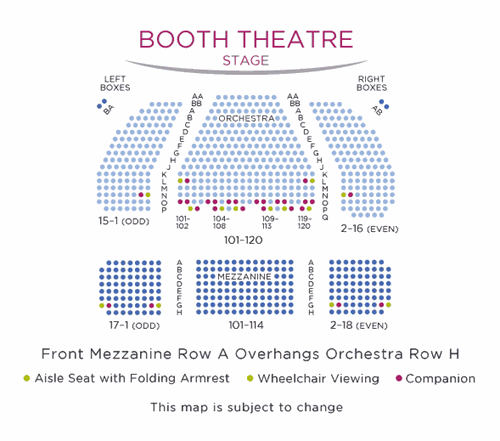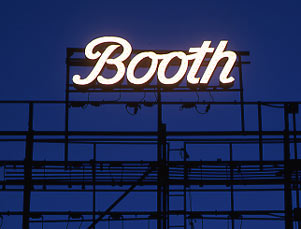
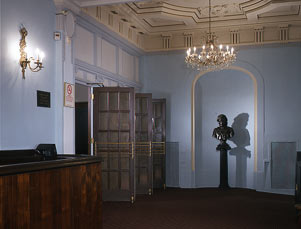
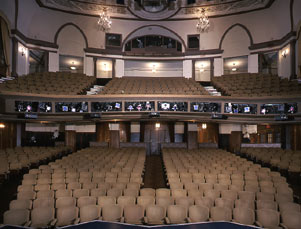
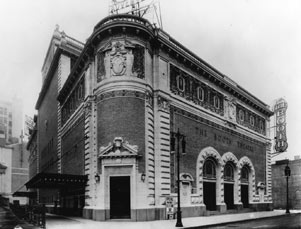
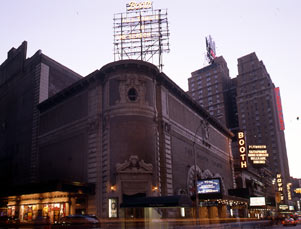

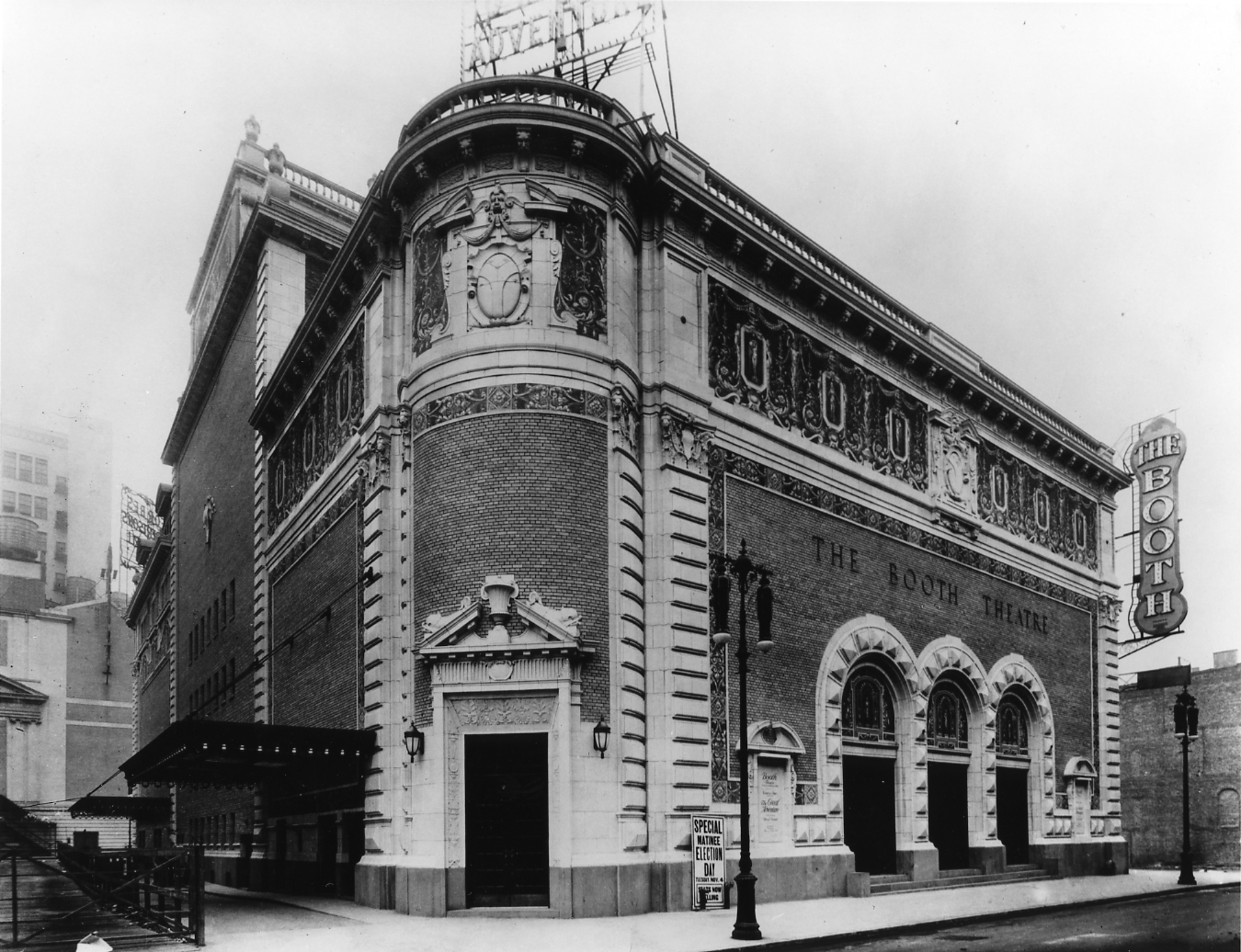
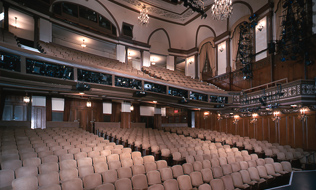
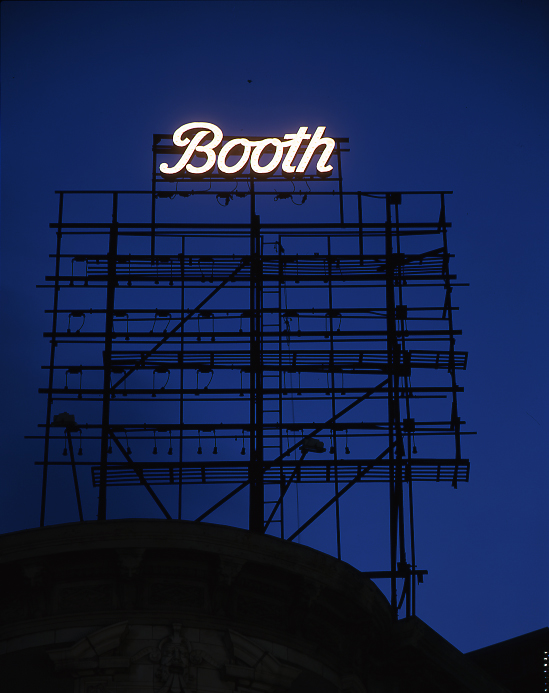
Four-time Emmy® and two-time Tony Award® winner Laurie Metcalf returns to Broadway opposite Tony Award® nominee Micah Stock in Little Bear Ridge Road, the wry and piercing new play by Samuel D. Hunter (The Whale) directed by two-time Tony Award® winner Joe Mantello. This production marks Hunter’s Broadway debut and Metcalf and Mantello’s seventh collaboration.
Set on the remote edge of a small Idaho town, Little Bear Ridge Road centers on a razor-tongued aunt and her long-estranged nephew who find themselves suddenly back in each other’s lives—two lonely souls with a crumbling house to sell and a tangled history to unravel. Bitingly funny and quietly explosive, Little Bear Ridge Road lays bare our messy, human need to reach across voids for one another, even when it shakes us to the bone.
“Laurie Metcalf is one of the brightest lights of the American stage. She is extraordinary…The show has too many riches to explore in this space.” – Elisabeth Vincentelli, The New York Times
“Little Bear Ridge Road is a deeply beautiful play. I can’t overstate how good it is.”- Chris Jones, Chicago Tribune
“Little Bear Ridge Road is one of the finest new plays of the year.Laurie Metcalf all but rips the roof off the theater.”– Charles Isherwood, The Wall Street Journal
Little Bear Ridge Road Show Tickets
HISTORY
Lee Shubert built the Booth Theatre in partnership with the producer Winthrop Ames. Named for the actor Edwin Booth (1833-1893), brother to the infamous John Wilkes Booth, the venue was actually the second New York theatre to bear this name. The first was built by Booth himself in 1869 on 23rd Street and 6th Avenue. Ames’s father had been devoted to preserving the actor’s legacy, so Winthrop’s decision to name this theatre after Booth honored not only the actor, but connected his own family’s interest with the actor’s rich theatrical history. Ames intended to present the most challenging and prestigious productions possible here.
ARCHITECTURE
The Booth was designed by Henry Herts to be one of a pair of playhouses: the Booth and the Shubert Theatres abut each other along Shubert Alley in one seamless unit. Styled with “restrained classicism,” the Booth is the smaller, less extravagant of the two houses. The sgraffito that adorns the exterior of both theaters is the last known surviving example in New York of this once popular decorating technique. Ames had an extensive knowledge of the architecture and technical advances of contemporary European theatres and modeled his theatre and productions after them.
Spotlight on Broadway: Booth Theatre from Spotlight on Broadway on Vimeo.
Access Information
Theatre is not completely wheelchair accessible.
Shubert Audience Services
The Booth Theatre provides accommodations for patrons who are blind, deaf, partially sighted, and/or have hearing loss, except as permitted for accessibility services. The theatre provides infrared assistive listening devices for every performance at the theatre. In addition, beginning four weeks after a show’s official opening night performance, hand-held audio description devices, hand-held captioning devices, and unlimited access to downloadable audio description and/or captioning for personal mobile devices are all available free of charge. Prior thereto, we offer live-caption via CART using a hand-held device, upon request with two-weeks’ advance notice. For assistance, or If you have questions, contact Shubert Audience Services at 212-944-3700 or audienceservices@shubertorg.com. There is also a representative at the Shubert Audience Services kiosk at every performance to assist any patron with any of our devices, software, or technology. Hand-held devices are limited, although additional devices can be obtained with at least twenty-four hours’ notice.
Accessibility by Seating Section
Orchestra: Seating is accessible to all parts of the Orchestra without steps. Wheelchair seating is located in the Orchestra only.
Mezzanine (second level): 2 flights of stairs (up 31 steps). Please note, once on the Mezzanine Level there are approximately 2 steps up/down per row. Entrance to Mezzanine is behind Row H.
Handrails: Available at the end of every stepped seat row in the Mezzanine.
Wheelchair | Companion Seat Locations:
Orchestra: P101 | 102, O101 -102; P105 | P104, O105 - 106; P107 | P108, O108 - 109; P120 | P119, O119 - 120; P110 | P109, O112 -113; P112 P113, O115 - 116
Aisle Seat with Folding Armrest | Companion Locations:
Orchestra: L101 | L102; L120 | L119
Elevators/Escalator
None Available
Restroom
Wheelchair accessible restroom available.
Water Fountain
Located in concessions lobby. Accessible at 36".
Theatre Policies
The use of cameras, recording devices, cell phones, beepers, and other electronic devices during the performance is prohibited. Everyone attending a performance must have a ticket. Latecomers will be seated at the discretion of management. Wheelchair and mobility-impaired seating is intended for patrons with mobility disabilities. Children under the age of four years will not be admitted. No outside food or beverage permitted, unless medically necessary. No weapons permitted on the premises.
THEATRE SPECS
Booth Theatre
222 West 45 Street
Between Broadway and 8th Avenue
New York NY 10036
| Year Built | 1913 | |
| Seating Capacity | ||
| Orchestra | 514 | |
| Mezzanine | 252 | |
| Boxes | 12 | |
| Standing Room | 22 | |
| Total | 800 | |
| Included in the Numbers Above: | ||
| Orchestra Pit | 30 | |
| Wheelchair | 6 | |
| Aisle Transfer Arm | 8 | |
| Theatre Dimensions | |
| Proscenium Opening: | 36' 2" |
| Height of Proscenium: | 25' 1" |
| Depth to proscenium: | 29' 9" |
| Depth to front of stage: | 33' 4" |
| Stage Type: | Proscenium |
